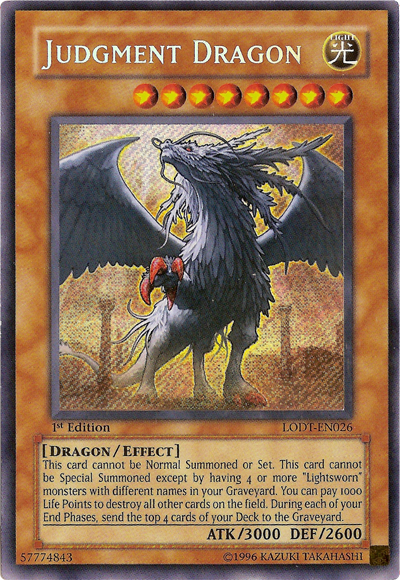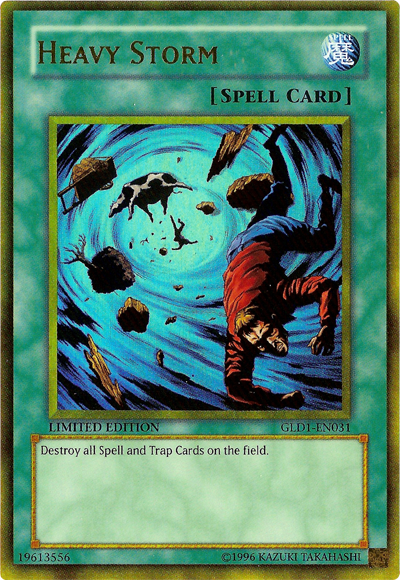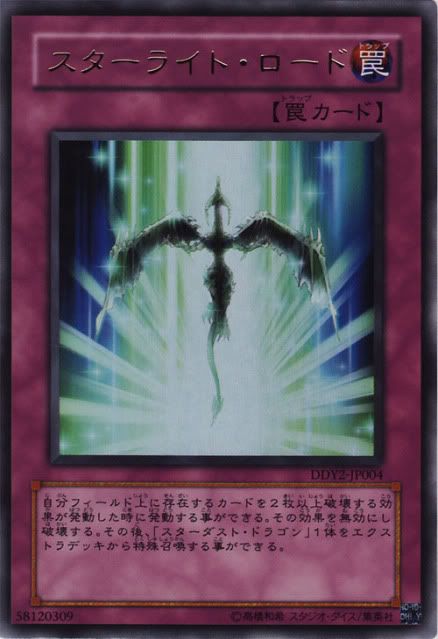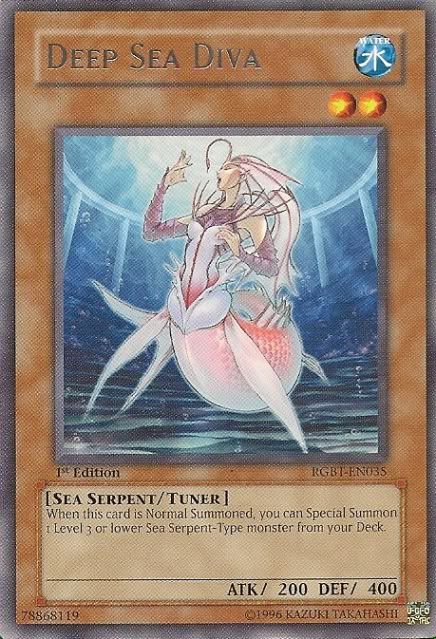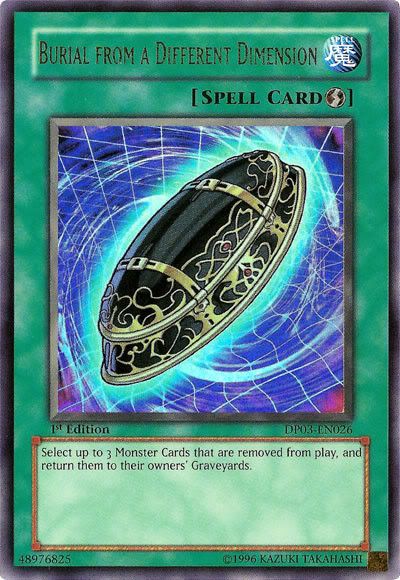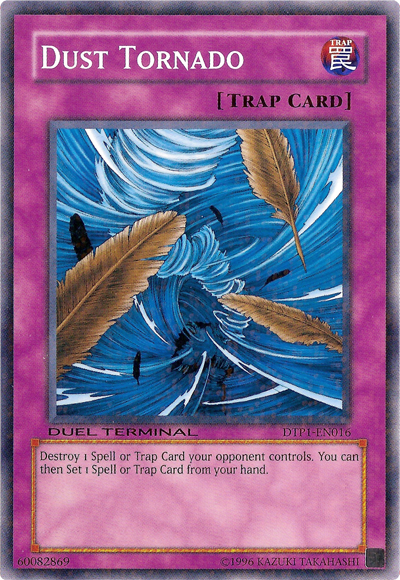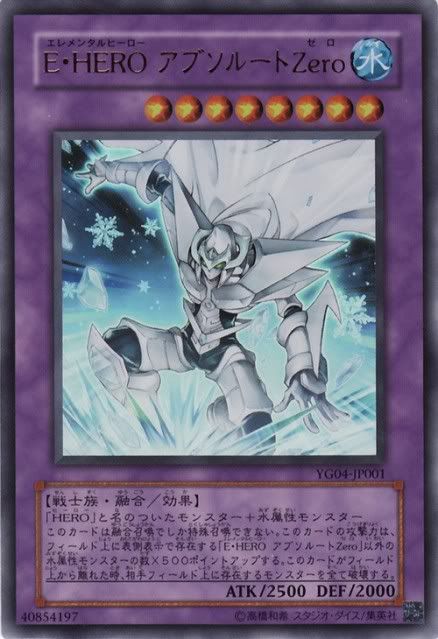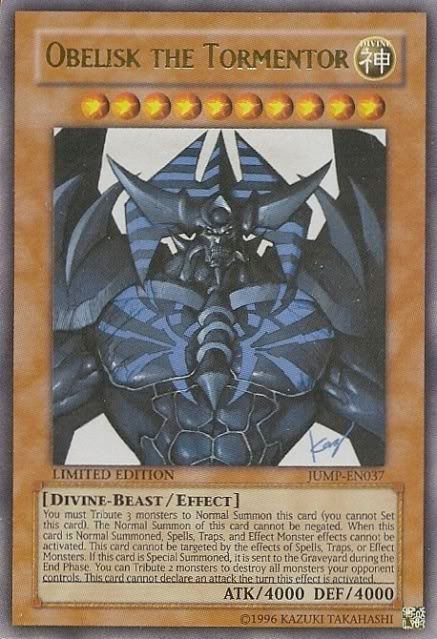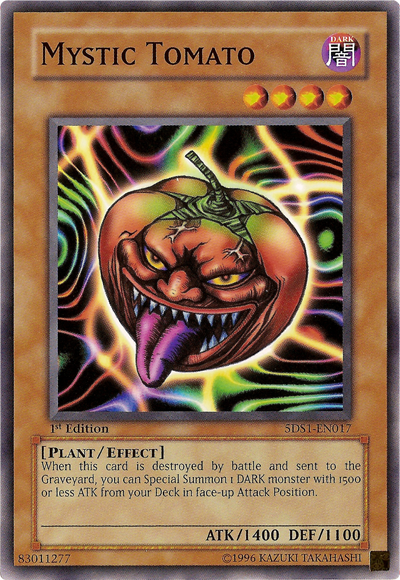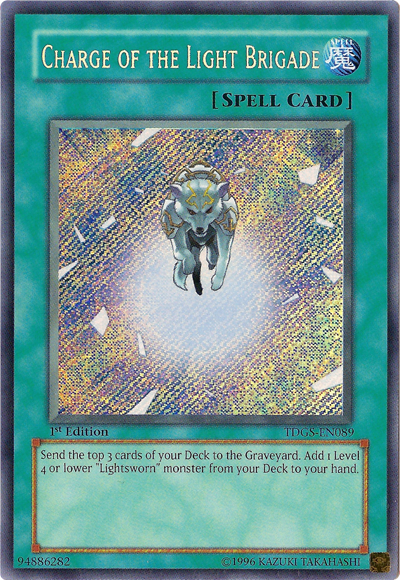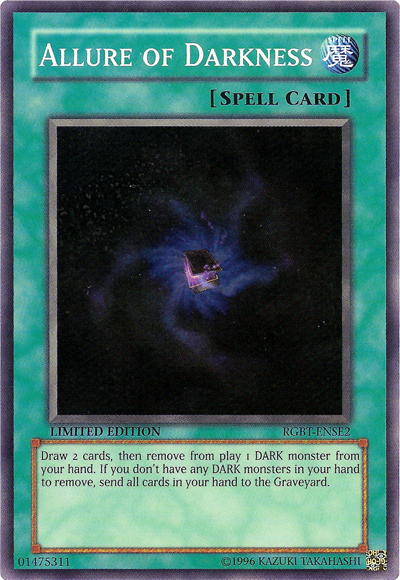In The Champions, I'll be tracking down some of the best players in the game and putting your questions to them, gaining a valuable insight into all areas of the Yu-Gi-Oh! TCG and learning along the way just what it takes to be a Champion.
The first player in the spotlight is Panama's Galileo De Obaldia, the current reigning Panamanian National Champion who graciously took the time out of his busy schedule to conduct this interview.

Galileo De Obaldia (centre)
Hey Galy, thanks for the interview. So can you give me a brief overview of your history in the game, your credentials, and how long you’ve been playing the Yu-Gi-Oh! TCG?
Hi Alex. I started back in Feb 2007 with the first Battle City 1, down in London. That was my first real tournament, although I started playing online not too long before that, and my friend Mike Stenning, who taught me a lot when I was first starting, convinced me to go and check it out. I did ok, 6-2. I didn’t top but I was gripped with the game and started attending more and more tournaments
Unfortunately my credentials don’t include any SJC tops or wins as I haven't been able to play in any. I won the biggest regional in UK the year I started out (Sheffield, over 200 people), with players like JoeJoe Whitaker, Hardeep, AJ Tiplady, Paul Doherty and others in attendance, so to win something like that after a few months was quite cool. Since then I've won 5 other regionals and topped the other 4 I didn’t manage to win.
I won the Transatlantic Leap to represent the UK in SJC Indy 2008, but unfortunately I couldn't make the trip. I also travelled to Ireland in January and went on to win the Irish Winter Open 2009.
At Nationals 2008 I ran my own version of DAD Return, with Trade-Ins, Reckless Greed as well as the obvious Allures and Destiny Draws, with Cyber Valley and Machine Duplication. With a lot of power cards like Crush Card, Dimension Fusion/DMoC, and 3 DAD, the extra speed pretty much always got me my power plays early. I went undefeated over the course of the tournament, but unfortunately lost in the finals.
Nationals 2009 I chose Gladiator Beasts, heavily teched for the mirror match with 3 Book of Moon, 3 Enemy Controllers and 3 Laquari, thinking I would see a lot of the mirror match and hoping for an edge. About 60% of my matches through the tournament were mirror matches, I also played against Skill Drain based decks and Lightsworn. The event itself went really well, and I ended up going undefeated and winning out, losing only a couple of games over the whole tournament. So as the National Champion I got an all expenses paid trip to Chile for the South American Championships, the winner of which would qualify for the World Championships, so that was pretty cool.
At Chile I used Skill Drain Blackwings, which I thought would give me an edge over Lightsworn and Cat Synchro. I had been running D-Hero Skill Drain before I ran Blackwings, and it was good, but I didn’t particularly like it. I would sometimes just outright lose and I changed it to Blackwings the night before. I don't think I would run the same deck now, but it was ok.
My other options were Cat Synchro and Lightsworn. I always draw multiple Wulfs and Celestias, and never draw Charge or Recharge, so I never bother running Lightsworn outside of playtesting. Cat Synchro is what I would change my deck to if I could go back in time, as that is what I ended up running for the rest of the format.
I played 3 National Champions, as well as the eventual winner during swiss, only dropping 2 games during the whole of swiss and ended up being the only undefeated.
In the top 8, I played against the guy who ended up winning. To be honest, I took it for granted, as he wasn't that great, and I thought I was through, but unfortunately that's YGO for you. Can never take it for granted, anyone can beat anyone. God hands happen and there's nothing you can do about it. He then beat two very good players in Seba ´Gooze´ and Guido ´Zero´ in the top 4 and final, so he ended up winning. So fair play to him.
To be honest, I'm not a particular fan of that format, and wish the tournament would have been held in the previous format to that, but hopefully I'll get another shot at going to Worlds this year.
As a National Champion, what would you say it takes to successfully compete at such a high level?
Well, I saw one of your articles was about Consistency. You based that on the consistency of certain cards, but I believe that's the most important aspect of the game. Due to the nature of the game, especially in a luck format where many ways to god hand exist, anyone at any given time can win a tournament. But being consistent, across different formats, constantly topping or winning, really marks you as a good player. But the difference between good and great is very small. I would say there are many good players, but not that many great players, or ´pro´ players if you like. The differences are minute, making reads, concentrating and not making mistakes, knowing when to be aggressive and when to be conservative. These are a few things that come with experience and practice in the game.
To finish off the question, I can’t state strongly enough how important it is to keep playing at a high level. What I mean is, play with players that are better than you, asking for help. No one is perfect, everyone has room to keep improving, and the desire to do that is what is going to fuel you to become a better player and be able to compete with the best.
YVD is such an amazing tool. I no longer play online as I just don’t have the time. However when I first started out, I didn't really have anyone to play the game with so I started playing online. You learn the basics, and just the whole fundamentals of the game. The next step is finding a player or players to help you get better. I can tell you right now, without Stenning to help me out, I doubt I would have done as well as I have done.
Consistently keeping up with the game, practicing, and looking to improve is what it takes to be competitive at a high level.
You're a pretty humble guy, which seems to be quite rare. A lot of 'pros' and wannabe 'pros' have this huge ego, and come off as arrogant a lot of the time, what do you think about this?
Well, I'm not one to judge. There is nothing wrong with them being confident of how good they are. The problem is when they just go on and on about it, and belittle other people, that may even look up to them. At the end of the day, YGO is only a game. Don't get me wrong, I take it seriously, not so much right now because of my busy schedule, but still, for me, it's something competitive and something I want to excel at. However, I'm totally against those who make others feel bad about themselves or their skills.
Sometimes, it's just funny to listen to some people talk about how good they are, etc. So it’s just good-natured fun for me. I'm not one to complain about something as little as this, when there are so many more important things in life, but the belittling of others does get to me sometimes.
It should be the other way around; the better players should be helping the newer ones. That way they can do the same, and make sure the game keeps growing and not die. Individuals can't manage this alone, but everyone can do their small share to help out.
Speaking of arrogance, there was recently a dispute on American forums such as DGZ, because a French player won an SJC, then made comments about American players in a video and interview, you yourself might get a little flak from American players, considering it's 'only' Panama you're the National Champion of, how do you feel about this kind of attitude?
Well done to the French guy who won (I don't know his name), but I think it was a bit juvenile to start calling the Americans bad (I'm pretty sure that's what happened). Like I said, anyone, any time can beat any other player. Anyone who doesn't give credit to someone for his or her accomplishments is an idiot. I'm sure he got some stick for winning, and that may have caused the reaction.
I happen to have the opinion that once you get to the top, it is very balanced. The very best from North America and Canada, such as the Bellidos, Corn, etc, the same for Europe, with players such as Claudio, and South America with Chuave and Guido. These are all very good players. The best in their regions. The difference between them will not be that much at all.
As for the attitude from certain players it does not affect me, although sometimes it does bug me a little. I have performed consistently in every format, in any tournament I have entered. In Europe, Panamá or South America, and I'm flattered to be considered one of the best players by a lot of people who know me, and at the end of the day, that's what matters to me. I don't really mind what some random kid I don't know from the US, or anywhere else, who doesn't know me, really has to say. I'm sorry if that sounded harsh, but the attitude of some of those players is very childish. Ha, I guess it might bother me a little bit after all!
What are your thoughts on Lightsworn? It's one of the most controversial decks in the history of the game, especially with Konami's apparent decision to almost hand it the format in favour of selling reprints of the key cards in it. Adam Corn has gone so far to state that the deck is so unreliable he would never use it in a major event again, what do you think about this?
Well, let's start with the truth. I completely dislike Lightsworn. I´m not lying when I say I will never use it in a major tournament. It is very explosive, it has everything; speed, easy to get advantage, ways to search through the deck, and amazing support such as Judgment Dragon and Honest. But it just feels so inconsistent. When I play Lightsworn, I try to minimize dead hands, such as not maximizing on Wulfs or Celestias. But more often than not, I always draw dead or below par.
The kicker however, is it lives up to it’s nickname Sacksworn a lot! They can god hand in a way that’s it is almost impossible to come back from, which is the really frustrating thing. The good part is that it’s not always autopilot. Good players can win with average hands, which normal players won’t be able to, but this really applies to the whole of YGO.
But in order to be fair, I will point out that at least, although the deck does require luck, it’s not necessarily just an autopilot deck.
I know a lot of players love playing Lightsworn, and if you can consistently do well with it, go for it. For me however, I agree with Corn. I just don’t like relying on anything else except myself. Obviously there is luck involved in this game, but I try to minimize that as much as possible.
Like I said, it's all about consistency, something Lightsworn just does not possess.
How do you feel about the banlist right now, and would you change it at all?I feel the ban list missed something, and that was Brain Control. I really do feel that card should not be legal. As for the rest of the list, it looks pretty balanced. I’d say do something to Lightsworn, there are a lot of key cards that could and maybe should be hurt (Judgment Dragon, Honest, Lumina, and Charge for instance) and maybe Brionac. I´m not so sure that should be at 3, with 2 being practically the same, maybe one is the perfect slot for it. But overall, Konami seem to have done a decent job with the list.
Thanks for your time, any final comments or shoutouts you want to make?No problem Alex. Thanks for thinking of me. I'd just like to give a shout out to everyone I know! Too many to name! And hopefully I'll be doing some travelling next year, hit some European tournaments, and maybe even SJCs! Oh and of course, go and represent Panamá at worlds if possible!
Till next time, good luck and have fun!
- Alex
